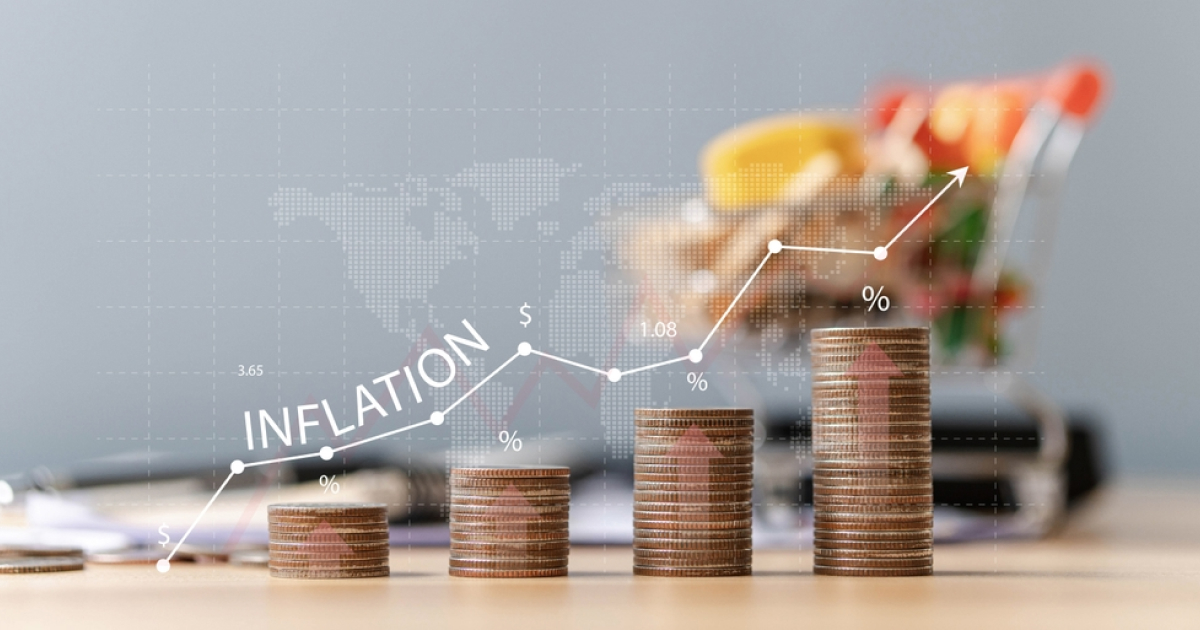
News Global Market EU 2791 31 May 2024
The indicator grew stronger than analysts' forecast
In May 2024, inflation in the euro area rose by 2.6% compared to the same month in 2023. Thus, the rate accelerated compared to April, when it was 2.4% and was the lowest since November 2023. This is evidenced by preliminary data from Eurostat.
Analysts polled by Trading Economics had expected inflation in the euro area to rise by 2.5% y/y.
Core inflation, which excludes energy and food costs, accelerated to 2.9% in May (2.7% in April 2024). Energy prices rose by 0.3% after falling by 0.6% in April. Experts had expected core inflation to accelerate to 2.8%.
In May, the member states of the bloc with the highest annual inflation rates were Belgium (4.9%) and Croatia (4.3%), while the lowest rates were recorded in Latvia (0.2%) and Finland (0.5%). In Germany, consumer prices rose by 2.8%, in France by 2.7%, in Italy by 0.8%, and in Spain by 3.8%.
The seasonally adjusted GDP of the euro area and the European Union in January-March 2024 increased by 0.3% compared to the previous quarter. In the fourth quarter of 2023, the eurozone economy fell by 0.1% q/q, while the EU economy remained stable.
The eurozone’s economic growth in quarterly terms was the highest since the third quarter of 2022.
As GMK Center reported earlier, Fitch Ratings has raised its global GDP growth forecast for 2024 by 0.3 percentage points compared to the previous forecast to 2.4%. Expectations for the eurozone were revised to 0.6% from 0.7%.



